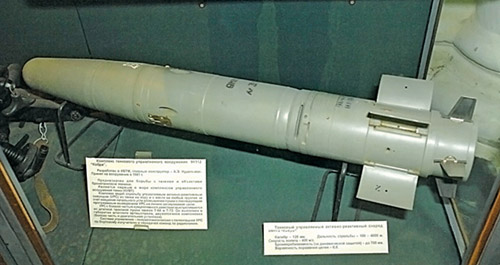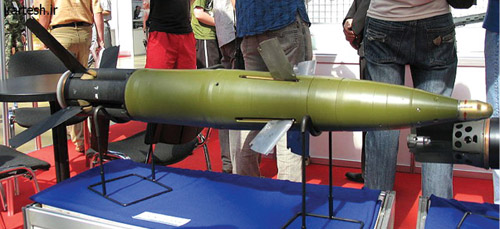Even though the big guns are expected to fire ‘intelligently,’ shells fly through the air. Turbulences, humidity and sudden gusts of air can alter the trajectory of the shells. They might have been aimed and fired perfectly, but because of these environmental factors they may fail to hit the target. The only way out is to make the shells ‘intelligent’ too. When shells are fired from the guns, the pressure developed inside the barrels exceeds several bars. The electronic and electromechanical systems in the shells must withstand this extreme physical condition and work effectively. This challenge of fabricating high-endurance electronic components and integrating them with the shells has recently been met with success. This has resulted in various types of smart shells for both tanks and SPGs.
Smart shells for tanks
The distance of engagement is shorter in tanks, and it occurs generally in the line of sight. Also, the speed of shells is very fast. Therefore there is not much need for smart shells. Yet, there can be situations where a tank is used to spot another tank (using shells) outside its range of engagement. Since battles are full of ‘now or never’ moments, to engage such targets way beyond the engagement range, gun-launched anti-tank missiles are used. These are launched through the gun of the tank itself.

Gun-fired anti-tank missiles
These missiles are generally laser-guided, and the laser illumination is carried out by the tank commander—using his sight (a traversing periscope) that contains an integrated laser designator. If the commander spots an enemy tank situated outside his tank’s engagement range, he orders an anti-tank missile to be fired. While it is fired, he keeps that target tank in the crosshairs of his sight. Some famous gun-launched laser-guided missiles are the USSR/Russian ‘9M119 Svir’ and ‘9M119M Reflek’, and the Israeli ‘Lahat’.
Smart shells for SPG
If a war is fought in an urban terrain, enemy forces are likely to be alongside the civilian population. Thus, if the artillery support is called in, it may lead to very high civilian casualties. Similarly, even if the shells are fired in the MRSI mode, due to heavy crosswinds, all shells may land at the same time but not on the target. However, the entry of smart shells has revolutionised the scenario. Today, with smart shells, artillery guns have become an economical long-range precision strike weapon system.
Semi-active laser-guided shells
These shells use a semi-active laser-guidance system, which is not entirely autonomous and needs human assistance. The lines of operation of these shells are similar to the laser-guided missiles explained earlier. Such shells typically have a range of around 20 kilometres. Each shell has a laser seeker and a high performance microprocessor-centric guidance system. A set of movable wings and fins are present in a folded position and get deployed after the shell reaches the maximum height. Until then the shell is ballistic in flight. These wings and fins move in accordance to the commands provided by the guidance system to alter the trajectory of a shell. The artillery troops embedded with the front-line troops have to flash an infrared laser beam on targets with their laser designator. The shell has a nose-mounted laser seeker with an enormous footprint. When the shell is at the maximum height of its parabolic trajectory, it can lock on a target even from several kilometres. Once the target is visible, the guidance system guides the shell towards the target by correspondingly actuating its fins and wings.
Though considered to be smart, these shells are not entirely smart. The success of the hit entirely depends on the troops’ laser-illuminating the target. Cloud cover can also hinder the performance of these shells. Russian ‘Krasnopol’ and American ‘Copperhead’ are well-known examples, and the former is in service with the Indian Army.
GPS-guided shells
Typically, these shells have a maximum range of 35 kilometres. The shell’s guidance system is centred on a mission computer that continuously derives the GPS coordinates from a shell-embedded GPS receiver. As in the laser-guided shells, fins are present in this shell also. Before firing a shell, the target’s GPS coordinates are loaded into the shell’s mission computer by a trooper known as ‘fuse setter.’ When the shell is fired, the embedded GPS receiver constantly feeds current GPS coordinates to the mission computer, which compares them with the pre-loaded coordinates. It, then, calculates the required trajectory and guides the shell in that trajectory.







